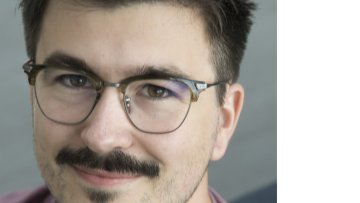Complex singularities near the intersection of a free-surface and a rigid wall
Abstract
It is known that in steady-state potential flows, the separation of a gravity-driven free-surface from a solid exhibits a number of peculiar characteristics. For example, it can be shown that the fluid must separate from the body so as to form one of three possible in-fluid angles: (i) 180°, (ii) 120°, or (iii) an angle such that the surface is locally perpendicular to the direction of gravity. These necessary separation conditions were notably remarked by Dagan & Tulin (1972) in the context of ship hydrodynamics [J. Fluid Mech., 51(3) pp. 520-543], but they are of crucial importance in many potential flow applications. It is not particularly well understood why there is such a drastic change in the local separation behaviours when the global flow is altered. The question that motivates this work is the following: outside a formal balance-of-terms arguments, why must (i) through (iii) occur and furthermore, what is the connections between them?
In this work, we seek to explain the transitions between the three cases in terms of the singularity structure of the associated solutions once they are extended into the complex plane. A numerical scheme is presented for the analytic continuation of a vertical jet (or alternatively a rising bubble). It will be shown that the transition between the three cases can be predicted by observing the coalescence of singularities as the speed of the jet is modified. A scaling law is derived for the coalescence rate of singularities.


